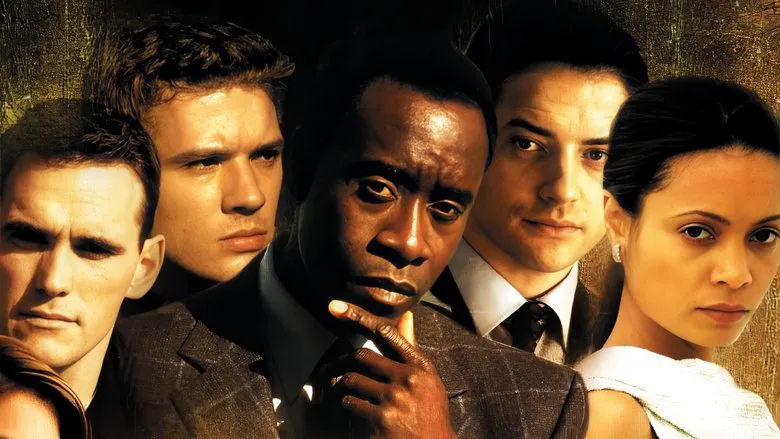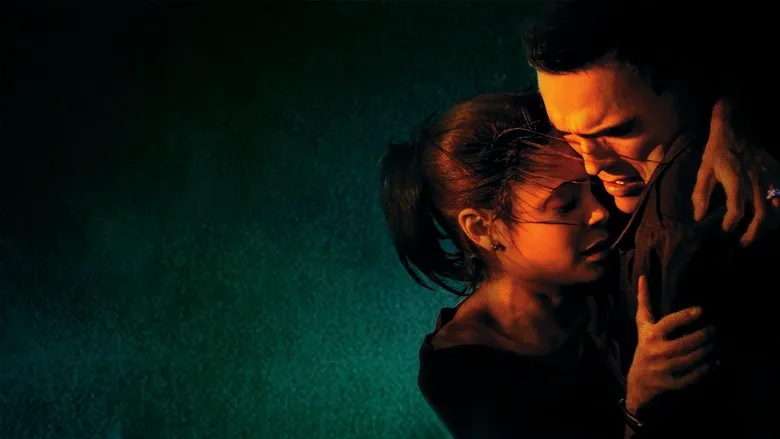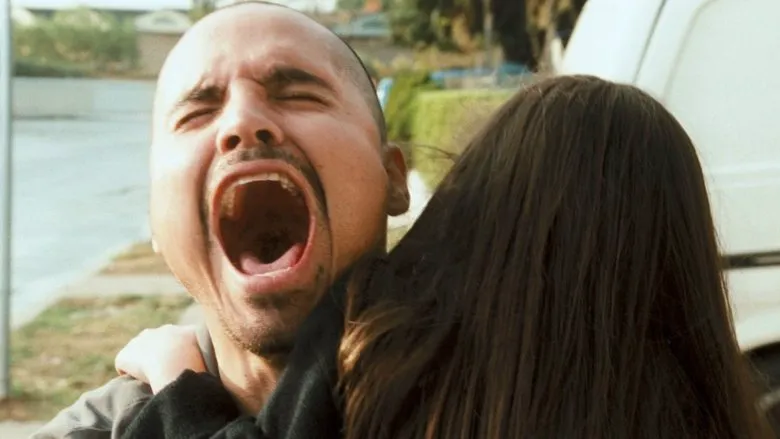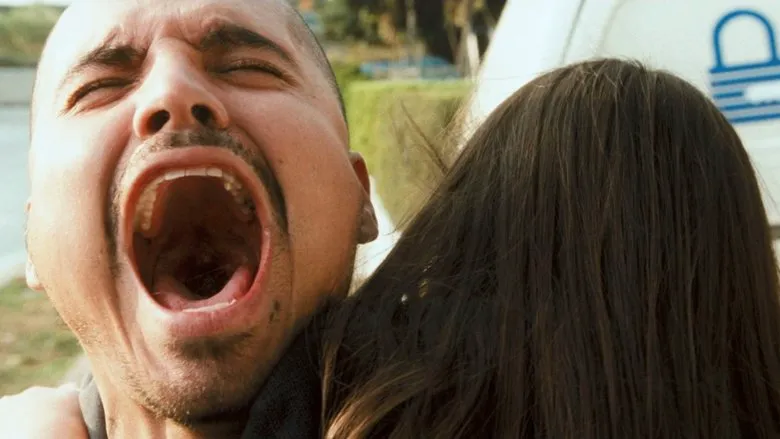Crash: A Promising Start That Doesn’t Quite Stick the Landing
“Crash” kicks off with a bang, but it falters before the finish line. The issue lies in Haggis’s politically correct desire to please everyone, a tendency likely stemming from his background in television and screenwriting. As a result, a solid thriller devolves into a sappy sermon about “can’t we all just get along.”
The trend of interconnected, multi-character narratives, where seemingly unrelated individuals gradually reveal their intertwined connections, swept through Hollywood a few years back. Consequently, it’s easy to see that Paul Haggis’s “Crash” (2004) surpasses Steven Soderbergh’s “Traffic” (2000) but falls short of Alejandro González Iñárritu’s “21 Grams” (2003). With a cast boasting Sandra Bullock, Brendan Fraser, Don Cheadle, Thandie Newton, Matt Dillon, and Ryan Phillippe, one would expect a consistently high standard. However, “Crash” only shines at the beginning. The problem isn’t the modest budget ($6.5 million) – the film has already grossed eight times that amount. The real issue is Haggis’s politically correct urge to cater to everyone, likely a holdover from his past in television and screenwriting.

Los Angeles is realistically portrayed in all its splendor and squalor, with no complaints about the setting. The temporal inversion, starting with a police cordon around the body of a young black man in a roadside ditch and then haphazardly showing the preceding 24 hours of people connected to this event, isn’t an end in itself, and there are no issues with the confusion. Instead, there’s the inevitable montage of acting and plot devices typical of “multi-character” narratives, which again isn’t a problem. Understanding who killed whom, how, and why is secondary to the main task. The thriller genre is simply a convenient vehicle for the constant stress experienced by various Los Angeles residents, and the task is to depict the intense pressure that anyone faces in a modern metropolis. The overlay of intense racial hatred firmly connects the genre to reality. Showing the metropolis as an ark, where every creature has a pair but lacks an Ararat to sail to, is a noble intention. If it were fully realized, it could easily be applied to Moscow.

Standout Performances Amidst Racial Tension
Matt Dillon and Thandie Newton excel at portraying the brutal clashes between these “creatures.” Their situation is the most compelling, worthy of its own film. There’s too much to tell. But when that dirty cop groped her during the search, you wanted to kill him. He and his whiny partner were patrolling the streets when they saw a recently stolen black Land Rover ahead of them. Naturally, they caught up. Naturally, he immediately noticed that it wasn’t the right Land Rover, but a pretty mulatto was performing oral sex on the driver. The driver was her sober husband, but she was drunk and screaming, and the husband was another whiner. Naturally, the cop put on a show. We didn’t yet know that he was as angry as a dog because a black female doctor had been rude to him on the phone, and she was a real bitch, and his father was sick. He didn’t know that the mulatto would argue with her husband the next day and get into a car accident in tears. Overall, a more mature Matt Dillon is a strong contender for an Oscar for Best Supporting Actor.

A Disappointing Descent into Sentimentality
Don Cheadle and Jennifer Esposito, as colleagues and lovers, are excellent – reminiscent of Humphrey Bogart. Brendan Fraser surprises as a thoroughly despicable district attorney, and Sandra Bullock shines as his hysterical wife. In total, 16 people are followed – blacks, Koreans, Persians, whites, Mexicans – and a solution is found for each outburst of racial hatred. Some are followed sketchily, others too sentimentally, but rudeness, theft, murder, pogroms, terror in families, and the deceitfulness of authorities are all overshadowed by very specific racial hatred. Only when the interconnectedness of all the characters in the chain of events leading to the murder is explained, somewhere after the midpoint, does a slow but sure disappointment set in. It’s perfectly normal that one character who seemed like a scoundrel wasn’t, and another who seemed like a good guy became a villain. But when this plot device is suddenly applied to all people in general, and we’re lectured on morality based on it, we’re being blatantly deceived.

The moral is that everyone is not just “mixed up” – no, everything is mixed up equally. As much good as there is evil, the balance is brought to zero, to the point where “meanness is relative” and “everyone has their own truth.” Therefore, no one can be judged, and everyone can be understood. We urgently need to understand the rude, the scoundrels, the thieves, the murderers, the family tyrants, the political prostitutes. He hits you over the head with a crowbar, and you understand him.
A Dubious Moral and a Disconnect from Reality
Not only is this a very dubious moral, but if it’s also the only salvation for the metropolis, Paul Haggis and his family clearly live in a country villa.